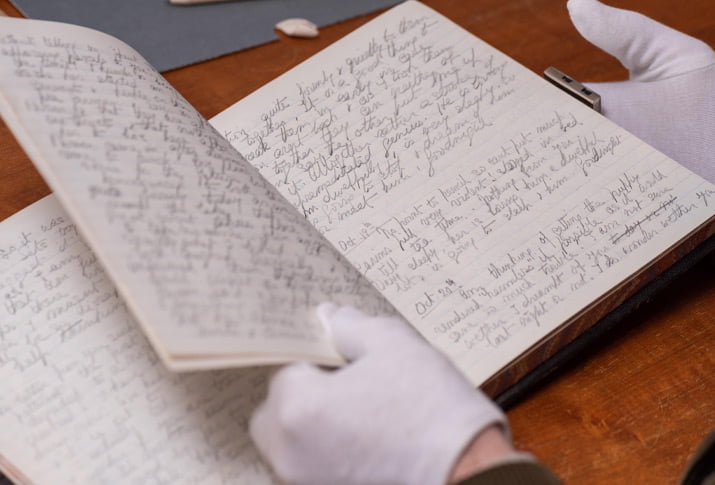Conservation, education, and sustainability are at the core of our work to care for and share Ireland’s impressive cultural and natural heritage.
Our painstaking work to restore Ireland’s historic houses is bringing some of Ireland’s most impressive heritage properties back to their former glory. Every aspect of these special places – from the fabric of their buildings and their artwork, to their gorgeous gardens, decorative objects, and glorious glasshouses – needs thoughtful care and attention.

Aim and Objectives
Enabling Powerful Experiences
Our conservation work across our houses, gardens, and museums adds to our visitors’ enjoyment and improves amenities for local communities. Recent improvement projects have included the development of a family-friendly Woodland Trail at Strokestown Park and the ambitious refurbishment of the National Famine Museum.
All of this work is made possible thanks to your visits, our wonderful volunteers, and generous donations. Your support means that Ireland’s heritage houses and gardens can be cared for and can continue to surprise and delight visitors from Ireland and across the world.


Caring for Collections
Artworks, famine-era documents, agricultural machinery, vernacular furniture and children’s toys are just some of the intriguing objects to be found within unique collections, which were gathered in Ireland’s great houses over centuries. Each individual Irish Heritage Trust historic property also represents a collection of important architectural and decorative features, including intricate door cases, window architraves, plasterwork and mouldings. We care for all these items, as well as museum artefacts, ranging from farmhouse furniture to 19th-century photographic plates and extensive gardens and estates.
The Irish Heritage Trust draws on expert knowledge and advice in our conservation work, so that we can care for our collections appropriately. We work closely with conservation architects, painting conservators and restorers, textile conservators and furniture restorers. We also employ traditional craftsmanship, as far as possible, to preserve the important skills that helped to shape our houses, gardens, and collections.
Recent improvement projects have included the ambitious redevelopment of the National Famine Museum at Strokestown Park, in addition to the portico restoration on the Palladian mansion.
Why is Constant Conservation Needed?


Our Role in Research
Fostering learning
We welcome visitors of all ages who want to learn the stories that our properties, gardens, objects and museums have to tell. We host school tours, study visits, and private tours that explore many different aspects of Irish culture, society, and the environment through the lens of ‘Big House’ history.


Discover the Past for Yourself
Learn about our collections and the stories they have to tell on tours of our houses, gardens, and museums. Or join us at one of our fascinating events, where you can explore Ireland’s heritage, culture and natural beauty and get behind-the-scenes access to our conservation projects.

